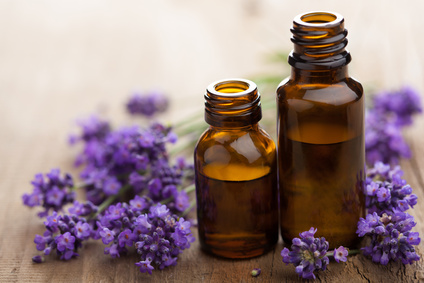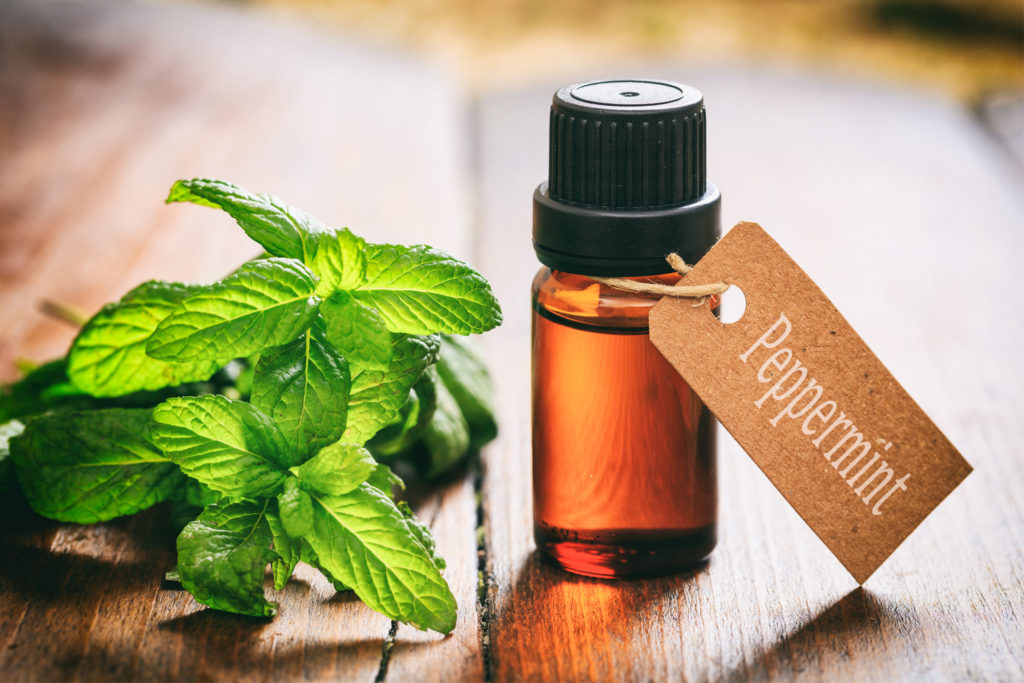The use of scent to improve well-being and health has been around for many years. For instance, in Egypt and ancient Greece, fragrant oils have been used ceremonially. The essential oils were carefully extracted from herbs and flowers to create medicines and perfumes, scent people’s homes, and anoint the sick.

Which sense are used the most here?
Human beings have five senses, and the one that is least understood is the sense of smell. However, the are some aspects of this sense that we do understand very well, for instance the faintest hint of a smell can take you back to a time, person, place, event, or even a relationship. That’s what makes the sense of smell very unique. Did you know that there is a therapy known as aromatherapy that’s around the sense of smell? Kindly, read along and get to know more about this therapy.
What is aromatherapy?
Aromatherapy also known as scent therapy because it involves the use of essential and aroma oils to enhance your physical and emotional health. Many people have considered this therapy to be outside the mainstream of medically-accepted therapies and psychotherapies. However, its benefits have bloomed in the recent years and continue to grow each day.
Using Aromatherapy
The therapy is normally used as a topical application or through inhalation.
- Inhalation
The essential and aroma oils evaporate into the air using a spray, diffuser container, or oil droplets, or basically breathed in, for instance, in a steam bath.
Inhaling essential and aroma oils help to stimulate the olfactory system, that is the part of the brain connected to smell, which includes the brain and the nose.
Once the inhaled molecules reach the brain, they affect the limbic system, which is linked to the heart rate, emotions, memory stress, blood pressure, hormone balance, and breathing. Through this way, the aroma oils pose a subtle, yet holistic effect on your body.
- Topical applications
Here, the aroma oils are applied on the skin and absorbed. This is mainly through the skin, knowing that massaging the area where the oil is applied boosts circulation and absorption.
One important fact to note down is that the aroma and essential oils are never applied directly to the skin. You must always dilute it with a carrier oil by adding a few drops of the aroma oil to an ounce of carrier oil. The most commonly used carrier oils include olive oil and sweet almond oil.

Benefits
Aromatherapy is a complementary therapy because it does not provide a cure of diseases or illnesses but it supports conventional treatment of various conditions. The therapy has been shown to reduce:
- Pain and body aches
- Nausea
- Fatigue and insomnia
- Muscular aches
- Stress, depression, agitation, and anxiety
On top of that, people suffering from psoriasis can also find relief with aromatherapy.
Popular aromatherapy massage scents
Some of the common aroma oils used include;
- Eucalyptus: It is a natural antibacterial that can help relieve muscle tension, relieve sinus and chest congestion
- Lavender: It enhances relaxation because it provides relief to stress and anxiety and helps with insomnia
- Jasmine: It has a soothing effect on the mind and it can ease muscle aches and help reduce menstrual cramps
- Tea tree: Supports healthy skin and helps to treat acne
- Neroli: It’s much more like lavender because it helps to promote relaxation and helps to alleviate depression, insomnia, and anxiety
Final Thoughts
Aromatherapy is an important therapy as it comes with several benefits (leave alone the good scent), therefore before you start the aromatherapy massage, ensure your massage therapist is aware of any allergies that you may have. On top of that, tell your massage therapist of any health condition that you may be in. With that information, we believe you’ll be set to start the therapy and enjoy the benefits.

